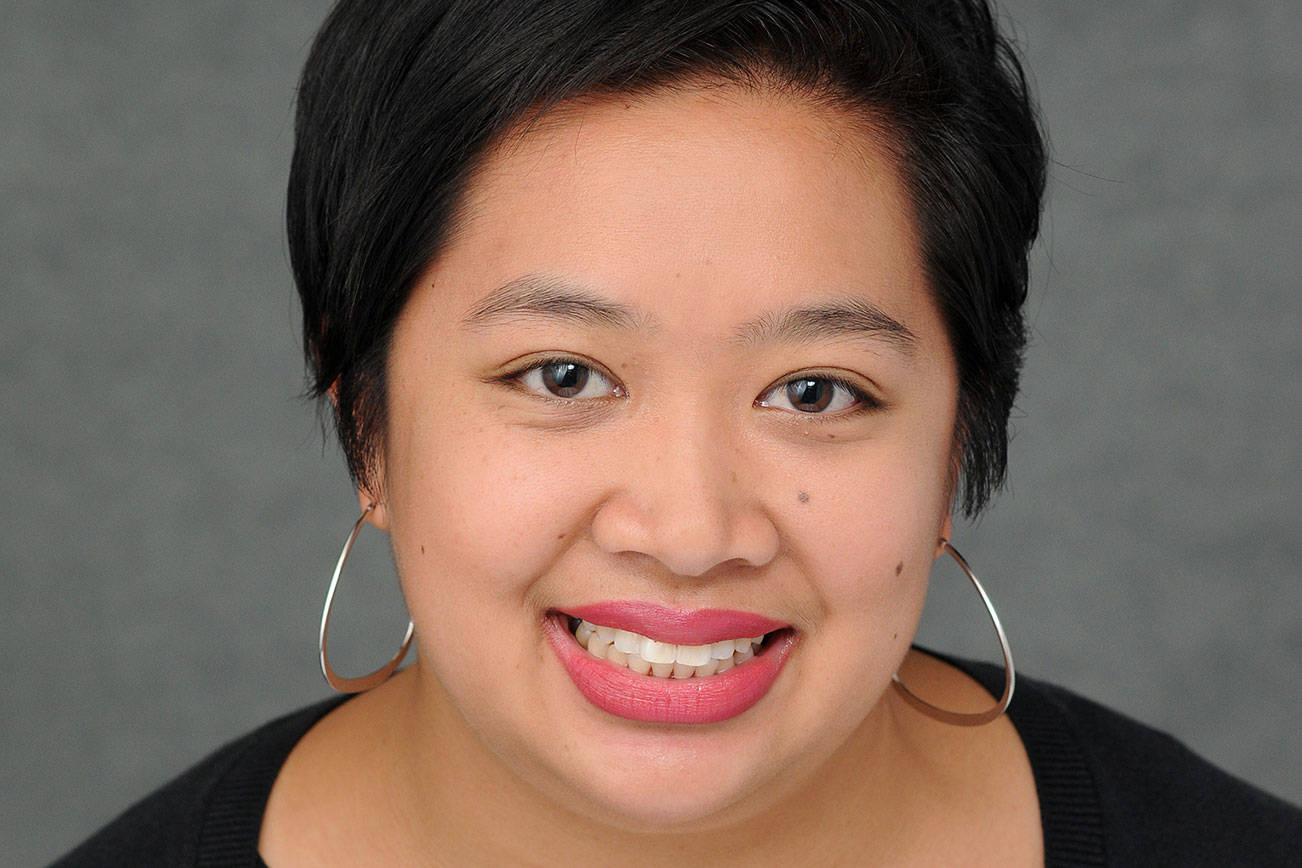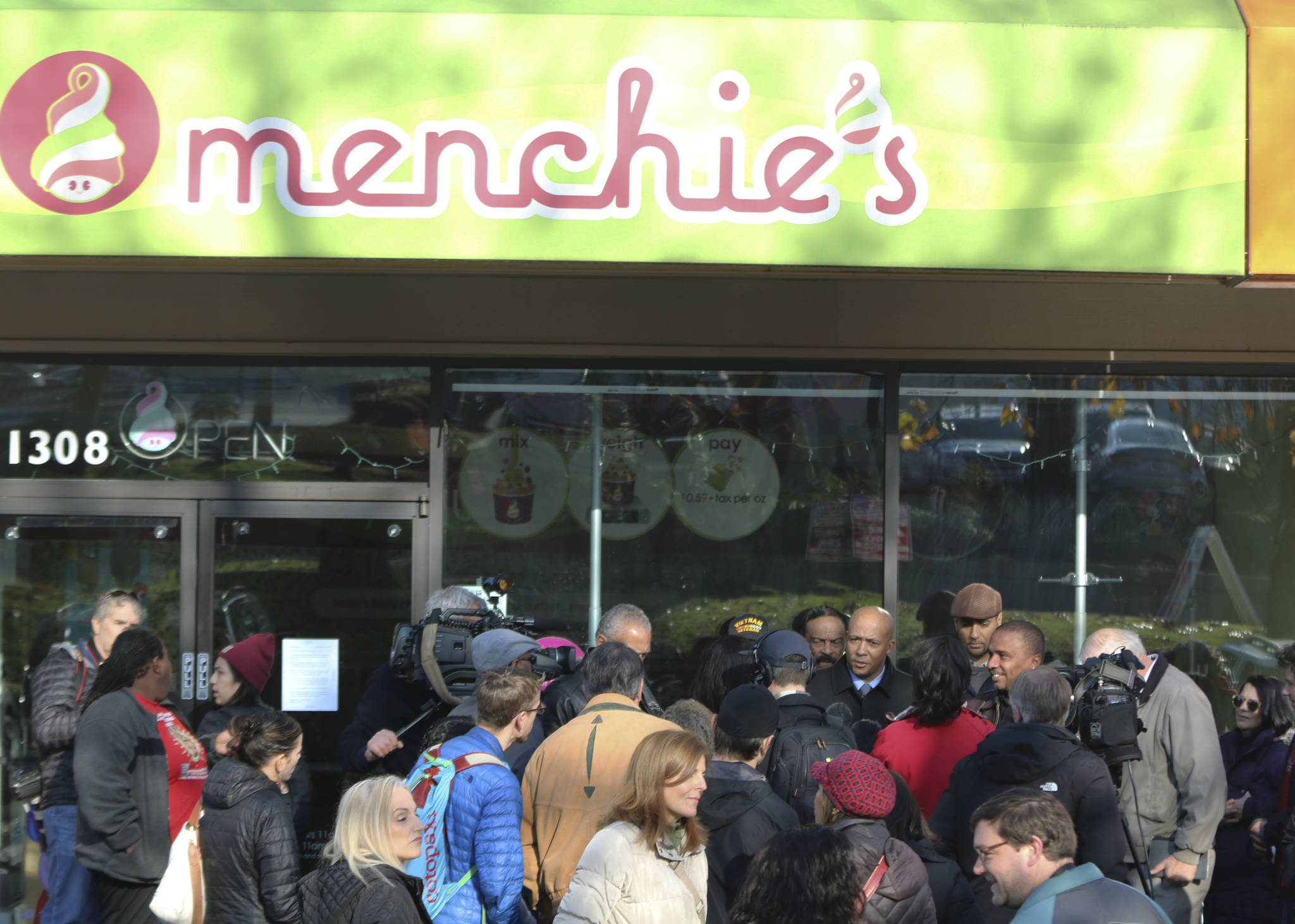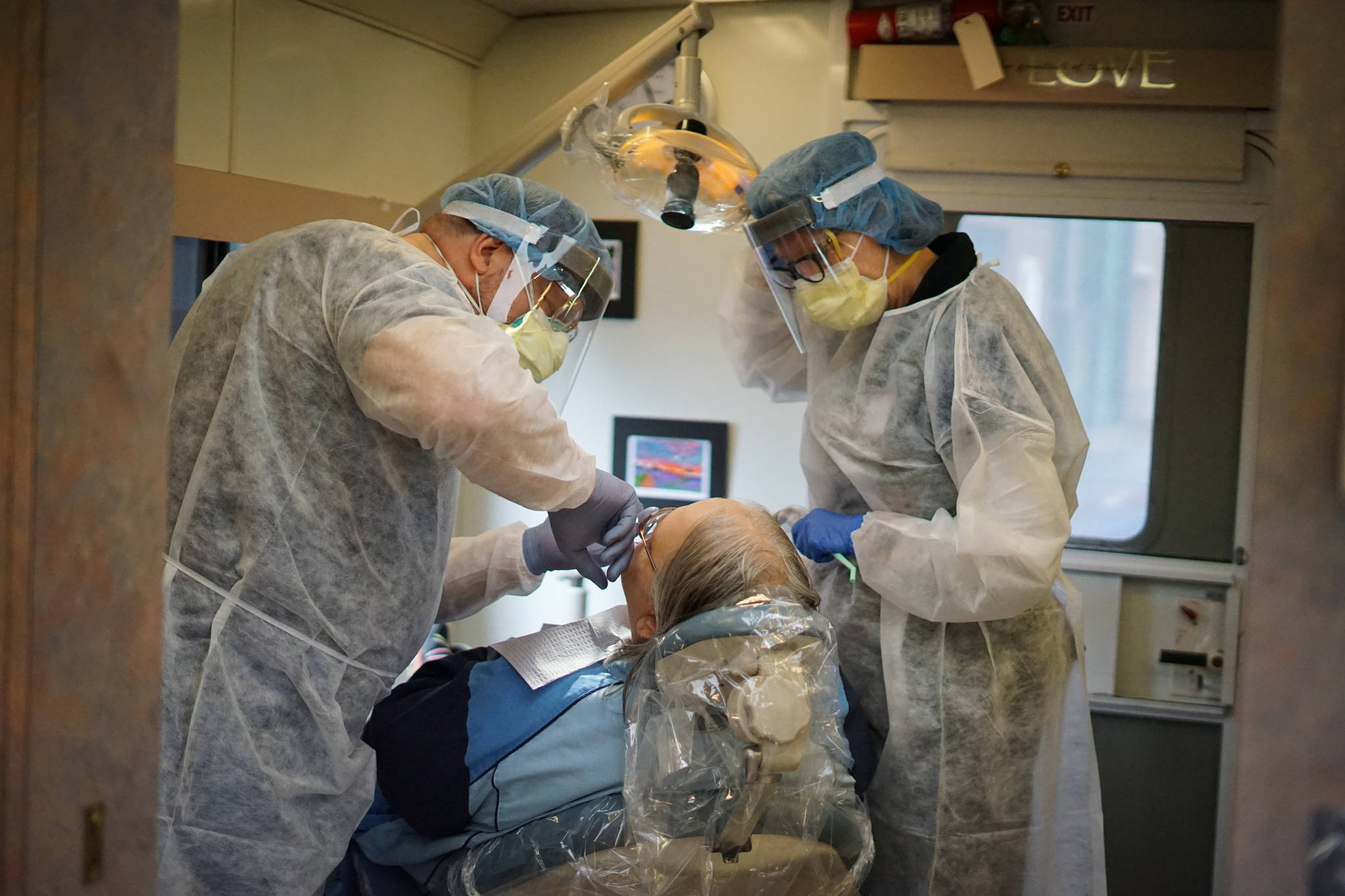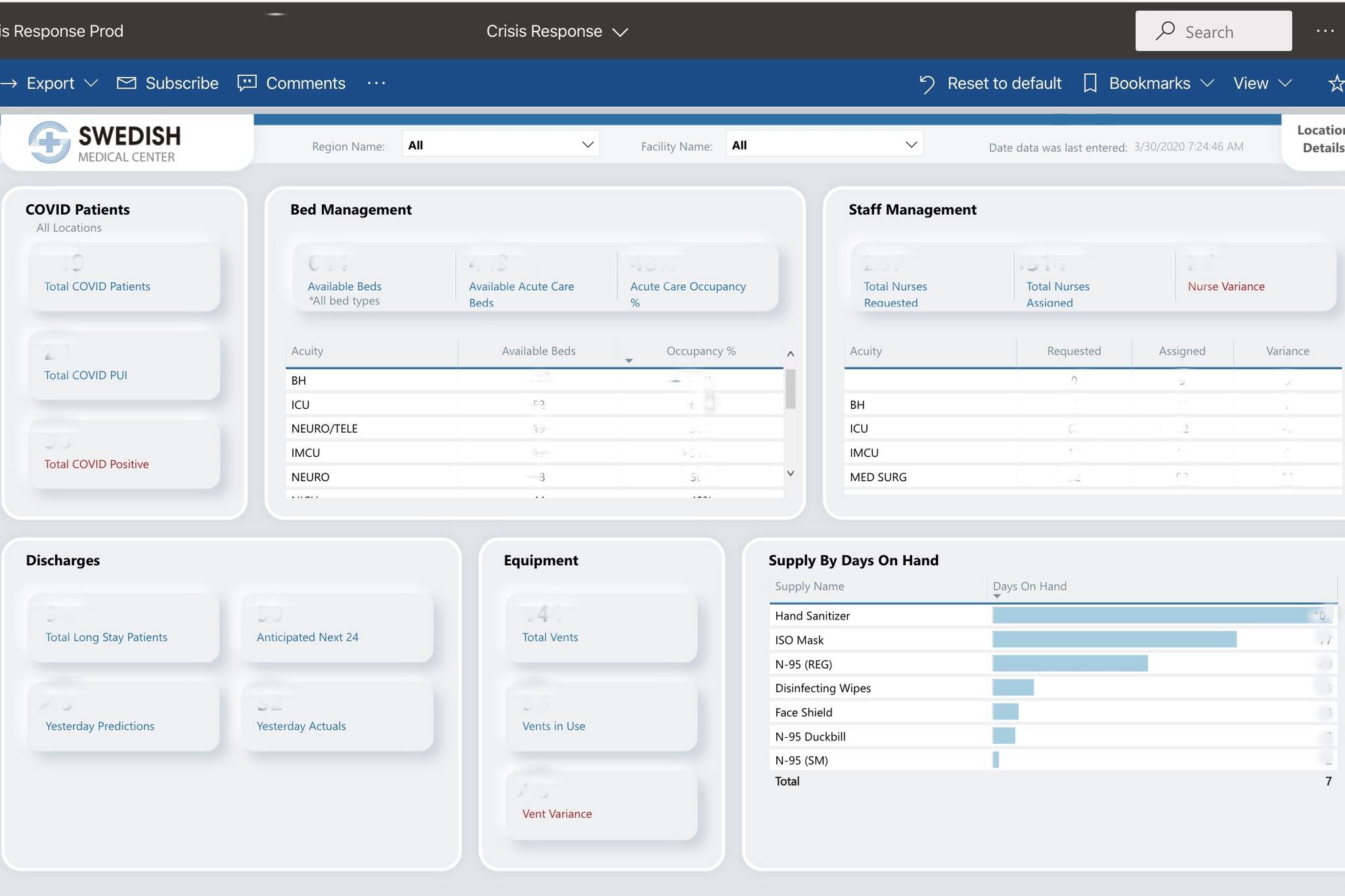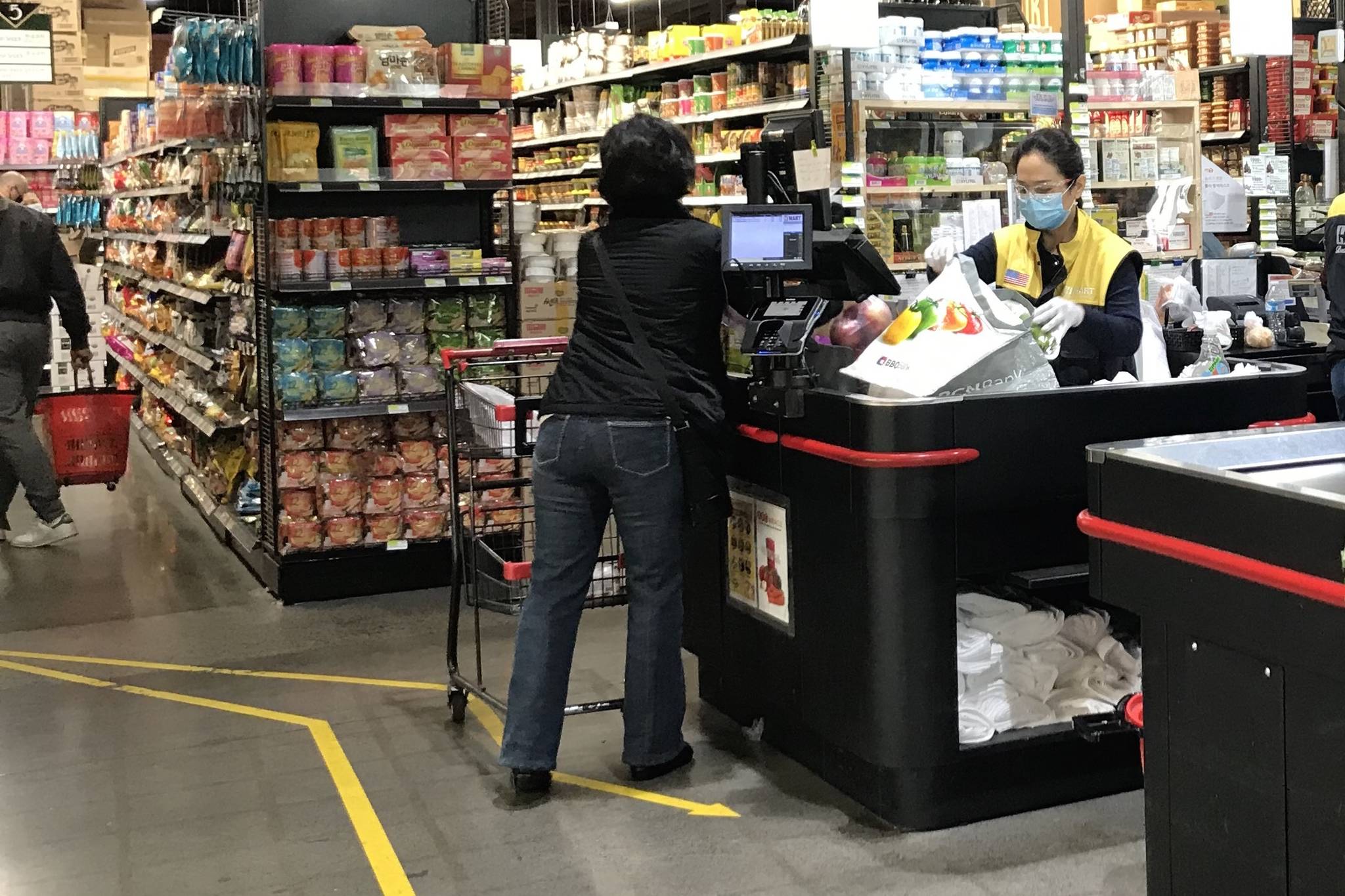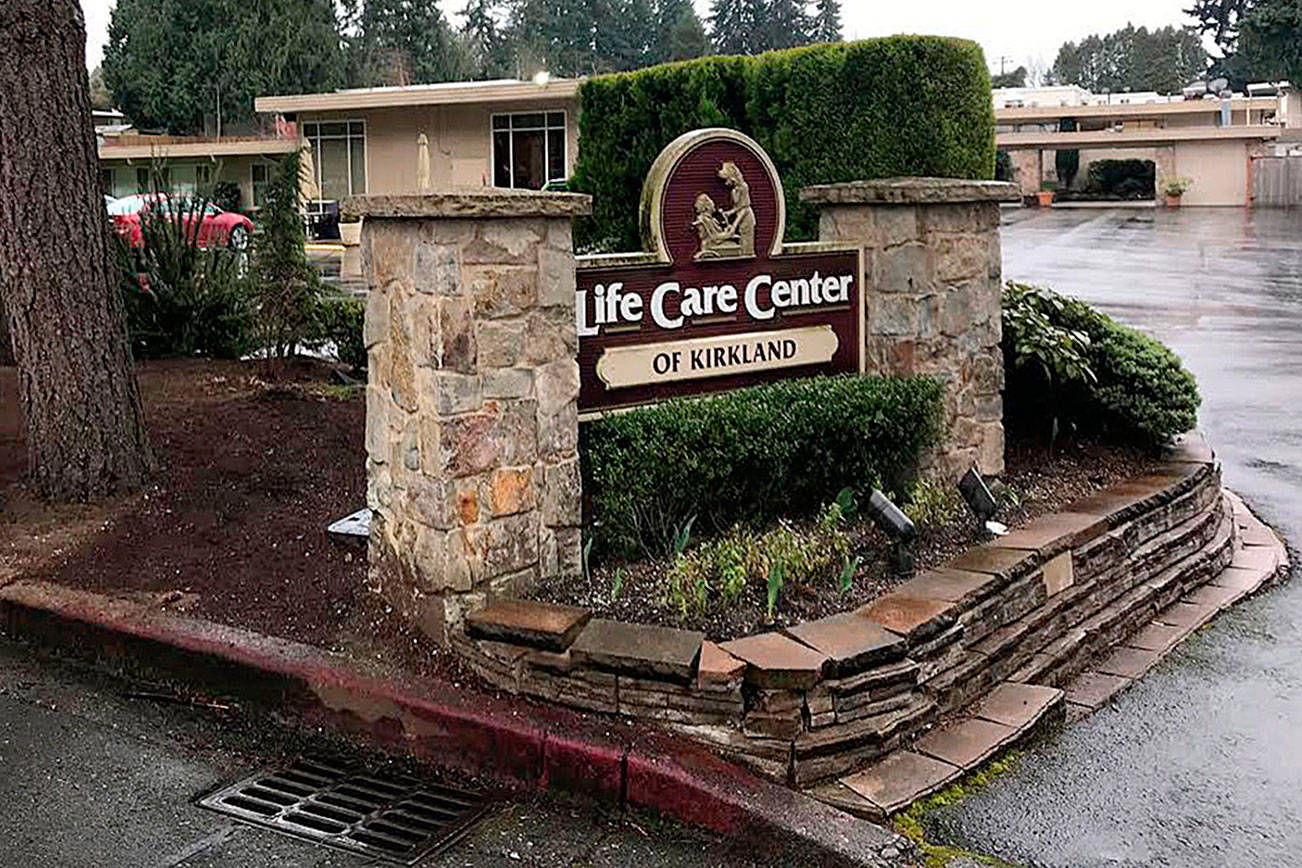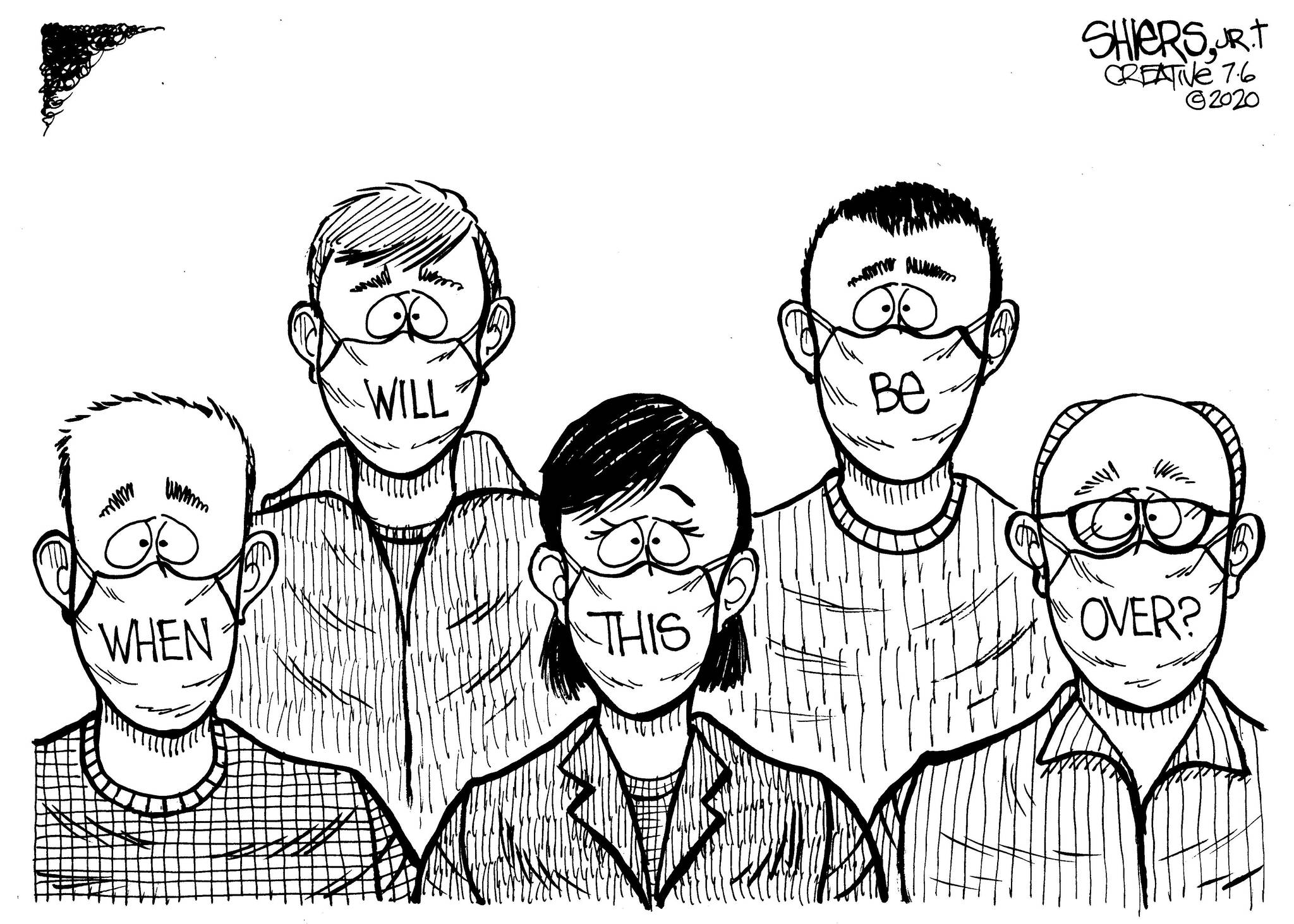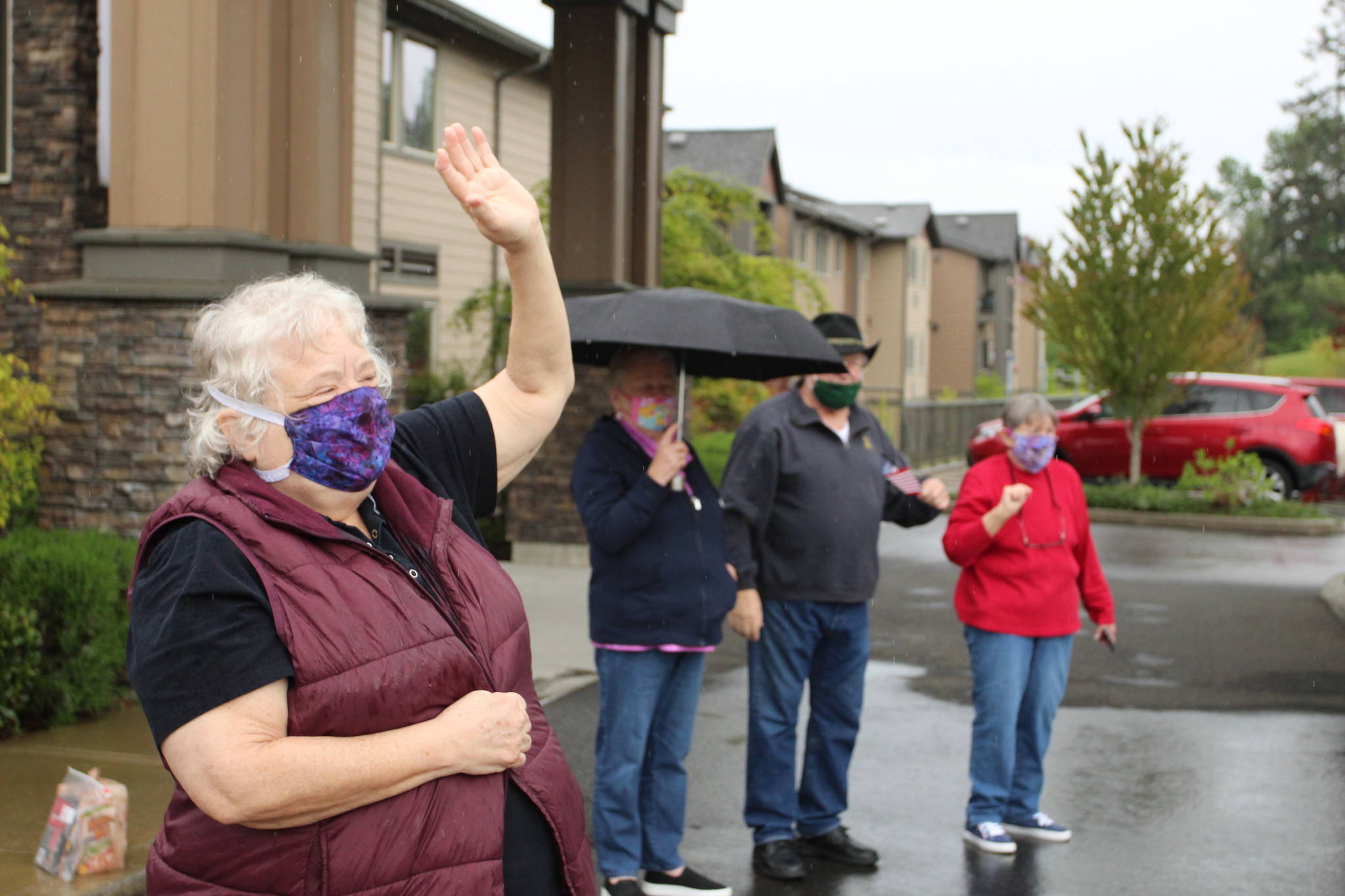OK, people. It’s time to talk about race.
Following what happened in November at Menchie’s Frozen Yogurt shop in Kirkland—when employees called the police on Byron Ragland, a black man who had been in the shop for a while without purchasing anything—this column was bound to happen.
But first let’s take a step back and acknowledge that this was not the first incident on the Eastside that may have been fueled by racism, prejudice, or implicit bias. It’s not even the first in recent years, or months.
In June and November, neo-Nazi fliers were found posted throughout neighborhoods in Bellevue and Kirkland. And in the past few years, we have reported on various incidents including a black-owned consignment shop in Redmond receiving Ku Klux Klan-type items and arson and vandalism at Bellevue- and Redmond-area mosques.
And while the latter incidents may have been due to Islamophobia—which is not technically racism—I’m including it on my list because it’s typically people who look a certain way who are assumed to be Muslim and as a result targeted.
I’ve even experienced racism secondhand when I was in an Eastside bookstore and witnessed a white man “ching-chong” another Asian woman. The gibberish may not have been directed toward me, but by the shock and revulsion of my response, they may as well have been.
These are just the incidents we have reported about in our publications. I hate to say this, but I’m sure there have been more that we just don’t know about, and because no community is perfect—no matter how inclusive and welcoming it works to be—there will probably be more.
So does this mean we just accept things the way they are and people of color deal with racism and microaggressions as we go through life?
No.
Now I don’t know what the solution is, but I know racism can’t be solved in one column (as awesome as that would be).
Over the years, when incidents have occurred throughout the Eastside, communities have come together to show support for those who have been affected as well as to try to figure out solutions. But, again, racism isn’t going to be solved by a few community meetings or city declarations, though community leaders setting an example is a good start.
With the rise of social media, it doesn’t take much for any sort of event or moment to become viral. And as a result, more racially fueled incidents are in the news. But just because they’re making headlines now doesn’t mean they haven’t been happening all along.
For some people of color (I certainly can’t speak for all), whenever certain things happen or don’t happen to us, that little voice in the back of our minds might ask, “Was that because I’m…?” As much as we would love to think all things are equitable in our society, that question always lingers: Were we offered a job (or not) because of our skin color? Did that police officer really pull us over because we were speeding? Was that second airport security screening really “random?”
I may not go through life constantly thinking about my race and ethnicity, but they are a big part of who I am, and there definitely have been times when I have become much more aware that what I look like and how I act could be misconstrued for whatever reason. For many people of color, there is often that second layer to our thought process.
But Ragland shouldn’t have to think about how he’s acting when the police were called on him for no reason, so as not to come off as an “angry black man.” And people shouldn’t have to know that he was there supervising a visit between a child and mother, or that he is a decorated military veteran, to know he meant no harm.
He—as have many who have experienced something similar—deserved the benefit of the doubt just because he is human.
And when a man attacks police officers in Redmond, my first thought after learning he was not seriously injured—even after he swung at officers trying to restrain him—should not be to wonder how things may have ended if he were black. I do want to note that the suspect’s race was not mentioned, but that I assumed he was not black merely because he survived the encounter should say something.
With this in mind, it’s past time for us to talk about race.
We can’t just bring up the topic only when something big happens, denounce racism, say we support those affected, then move on with our lives. We have to keep the conversation going to prevent more incidents from occurring in the first place.
Windows and Mirrors is a column focused on telling the stories of people whose voices are not often heard. If you have something you want to say, contact Samantha Pak at spak@sound publishing.com.
